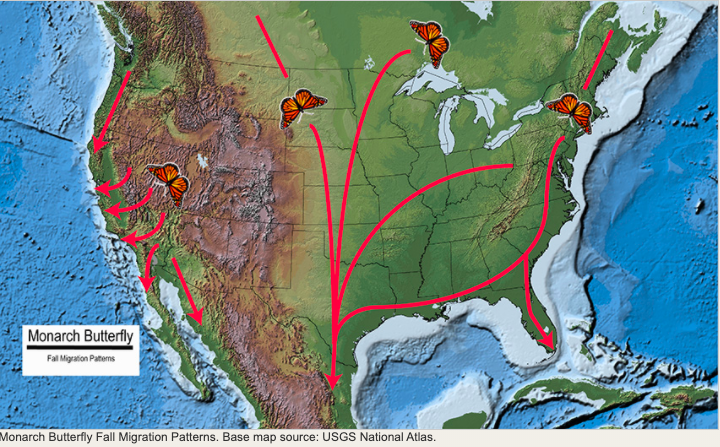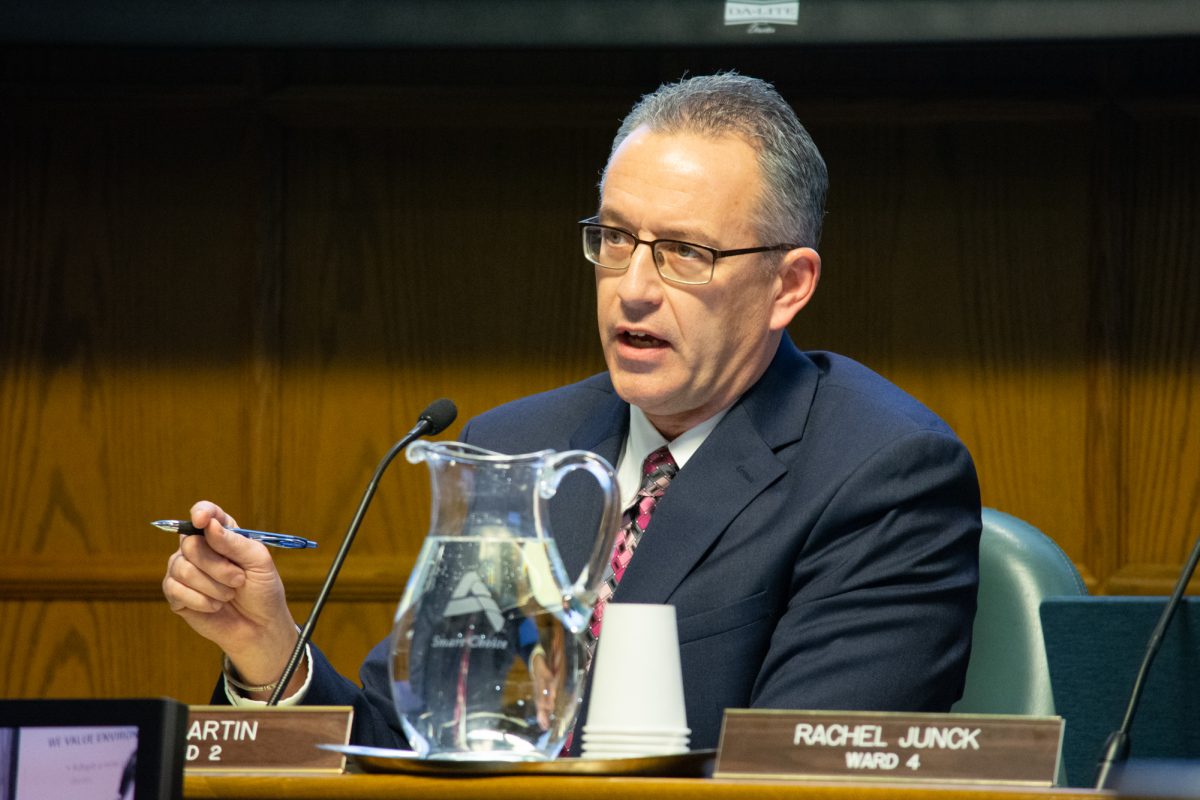Conservation efforts could stop Monarch butterflies from becoming endangered
March 18, 2021
Monarch butterflies covered less canopy in Mexico in 2021, leading scientists to advocate for conservation efforts to keep Monarch butterflies off the endangered species list.
According to the United States Department of Agriculture website, Monarchs are the only butterfly known to make a two-way migration, similar to birds. Monarchs cannot survive the winter as larvae, pupae or adults. They must migrate south to Mexico every winter in order to survive. They traditionally roost in oyamel fir forests at an elevation of 2,400 to 3,600 meters.
“Monarchs cluster together to stay warm,” the U.S. Forest service writes. “Tens of thousands of Monarchs can cluster on a single tree.”
Conservation of these specific oyamel fir tree forests are important for monarch populations. In 1986, the Mexican government created the Monarch Butterfly Biosphere Reserve to help preserve the habitat.
However, the 2020-21 report by the Monarch Butterfly Biosphere Reserve noted that the Monarchs covered five acres of canopy in Mexico, two acres less than last year.
This is concerning to scientists because they predict that an average of 15 acres of Monarch-covered canopy is vital to maintaining the current population in North America.
The United States Fish and Wildlife Services (FWS) is responsible for the Endangered Species Act listing decisions. They did not classify Monarchs as threatened or endangered because of the low-priority standing. In 2024, Monarchs will officially be eligible to be classified as an endangered species.
In order to prevent this from happening, the FWS recommends voluntary conservation efforts in Iowa and the upper Midwest.
Monarch butterflies exclusively lay eggs on milkweed plants, and Monarch caterpillars only eat milkweed. The declining population could be prevented by establishing more breeding habitat around the Midwest.
The Iowa Monarch Conservation Strategy is attempting to establish 480,000 to 830,000 acres of Monarch habitat, including milkweed, by 2038.
Iowa Secretary of Agriculture Mike Naig emphasized the importance of individual conservation efforts.
“I encourage everyone to look for opportunities to layer conservation practices, like buffer strips and milkweed, to maximize the environmental benefits while creating habitats for monarchs and other wildlife,” he said in a previous interview.
The Iowa Monarch Conservation Consortium is sponsored by Iowa State University, the Iowa Department of Natural Resources and the Iowa Department of Agriculture and Land Stewardship.
The Conservation Consortium has several resources for conservation information and county-specific experts available for help.
Daniel J. Robison, dean of the College of Agriculture and Life Sciences, said the science-based approach to conservation is very important.
“Our research findings and ongoing extension efforts, in coordination with other national partners, helps ensure science-based information guides our conservation practices in Iowa and the greater Midwest,” he said.
Kamryn O’Brien, sophomore in kinesiology and health, said it is important for people to take conservation efforts seriously now to avoid future effects.
“We need to care about things that might seem small now because in the long run, it could be really bad,” she said. “It’s the butterfly effect. Everything we do now ripples out and affects the future: our future, the Monarchs’ future and the Earth’s future.”
Kayla Lyon, director of the Iowa Department of Natural Resources, said simple actions can help save the Monarch butterfly population.
“Together, we can all do our part to provide the necessary habitat for these butterflies by simply planting milkweed or other native wildflowers, not just on large landscapes but even in our backyards and planters,” Lyon said.







